Moving on to yet another interesting church ruin. Just outside Stepaside village in Co. Dublin lies the church of Kilgobbin. These ruins only date back to 1707AD, but was built of the site of an earlier wooden church, probably from pre-Norman times. The church can be found standing on top of a grassy mound which at the loss of a wonderful view is surrounded by modern housing estates. Whilst the mound itself is quite steep, I wonder, might this have been an ancient burial mound or passage tomb, prior to the religious establishment? It would not have been the first time that this been done done.
The church itself is stepped in history. It is said that Brian Boru stopped off here after the Battle of Clontarf in 1014 enroute to Wexford to bury some of his dead soldiers . You can read more about this Here. It was also believed to be the first church in Ireland to be built after the Reformation. What makes this ruin stand out from the numerous others which can be found scattered all across Ireland, is two interesting stones. Around 1800AD during work on the graveyard a 10th century High Cross was unearthed. This cross now lies at the bottom of the site, but I shall cover this in more detail in a later post. Then there are a nice collection of badly weathered grave stones known as Rathdown slabs.
There is some speculation about the name Kilgobbin. Kilgobbin means the church of St. Gobban, but Gobban is the Irish for blacksmith. Blacksmiths were considered to have supernatural powers by the early Celts, probably because they worked with fire. There were a number of saint’s with this name in the early Irish church. A saint Gobban accompanied St. Fursa on his mission to England and then on to northern France where he helped to establish a monastery and was martyred. The town of St. Gobain still displays his head as a relic. Another St. Gobban was a prolific church builder in the 6th century. The festival of St. Gobban falls on 1st April.
The real jewel of this site is the Rathdown Slabs. Although the site is littered and some idiots have tagged some of the stones with their graffiti, it is still and interesting site to explore. You may note that I have removed most signs of graffiti thanks to the digital darkroom. The Rathdown slabs lie on the inner walls of the church. Dublin County Council commenced restoration of the site in 1983 and a very interesting discovery was made namely a grave slab, following the removal of a lintel over one of the church doors.
The Rathdown slabs date back to the Viking period and other similar artefacts were found in the area. There are several badly worn slabs of the Rathdown style hung on the wall. In the entrance porch there is also a few pieces of stone work. These grave slabs are found with various Viking abstract designs such as fishbone, circle or cup marks, a couple of them have a combination of a cross and Viking cup marks. They are believed to mark the graves of Vikings who converted to Christianity in the late 10th or early 11th century, after settling in this area. There is a fine example of a Rathdown slab on displayed in the Dalkey heritage centre at Goat Castle. If you are in the area, it is well worth checking out
For more of my images, why not visit my Website,or follow me on Facebook, Instagram or Twitter.



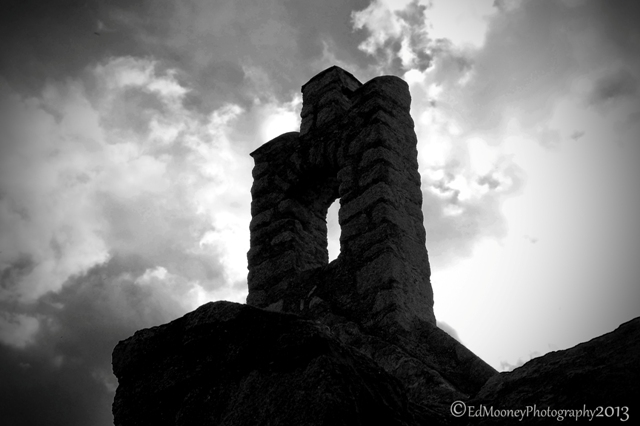
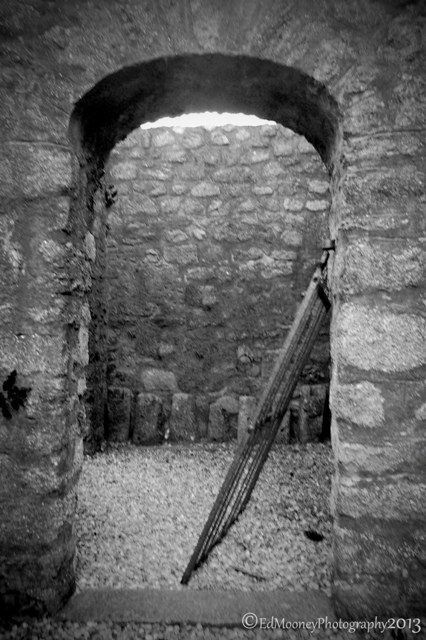


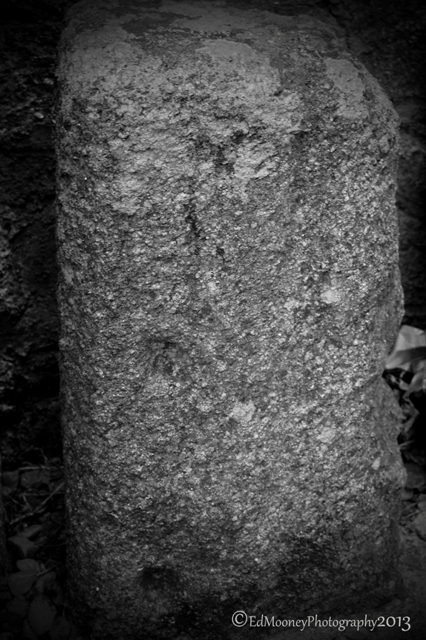

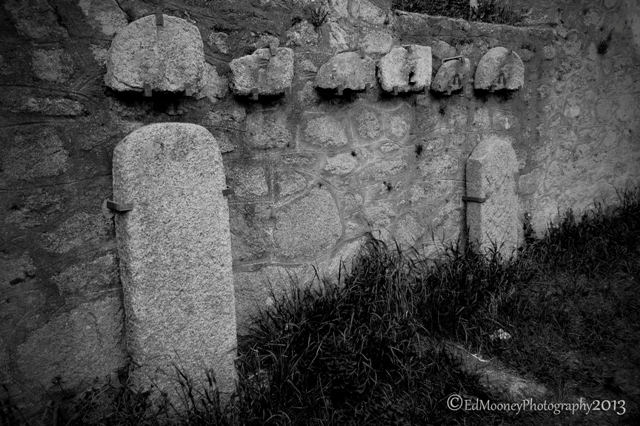
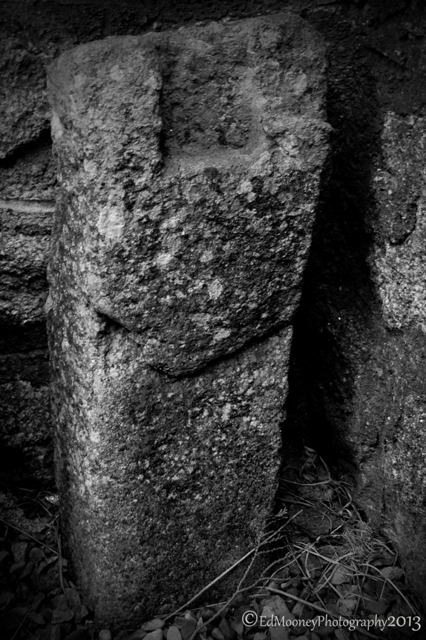
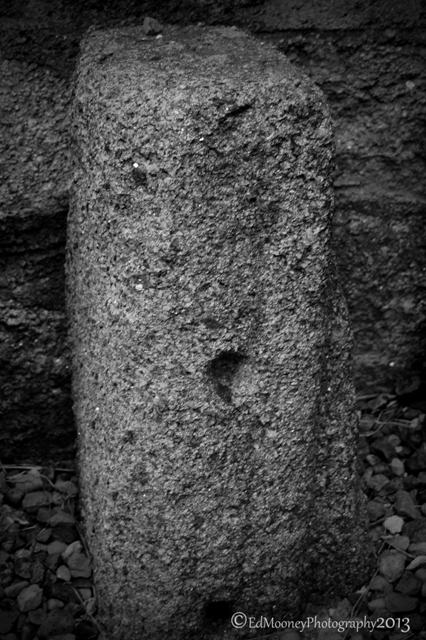
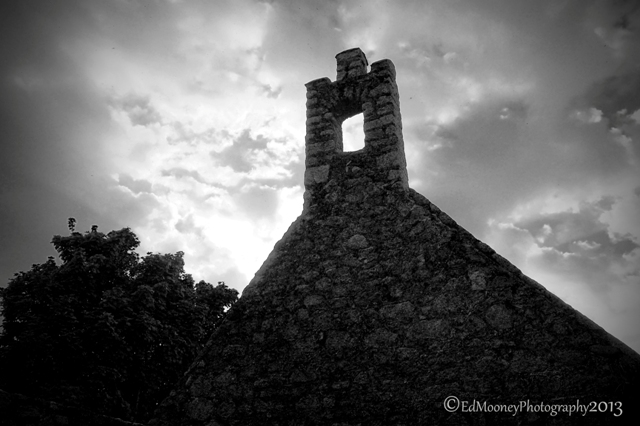

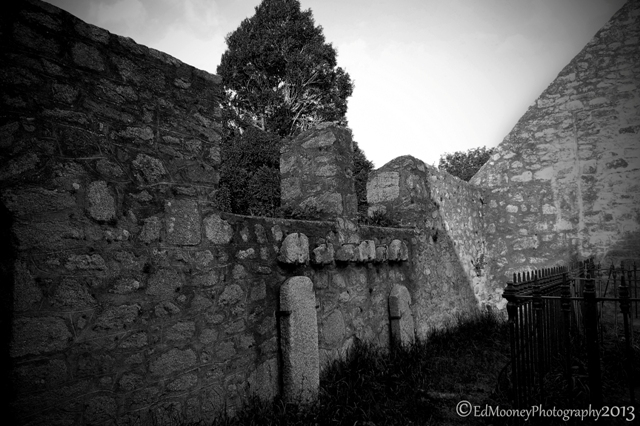
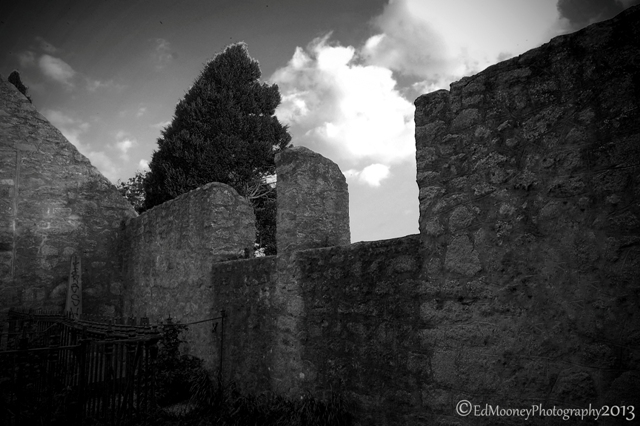
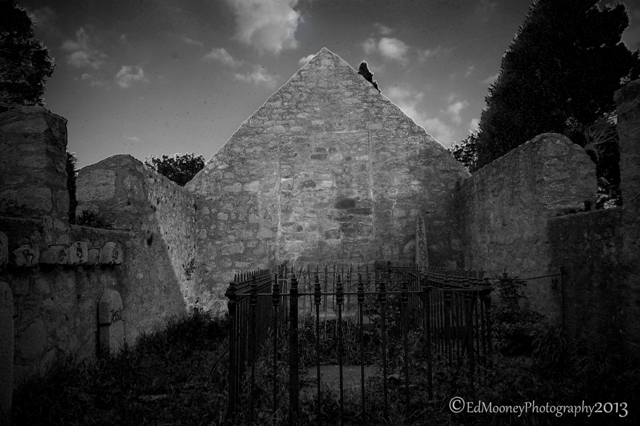
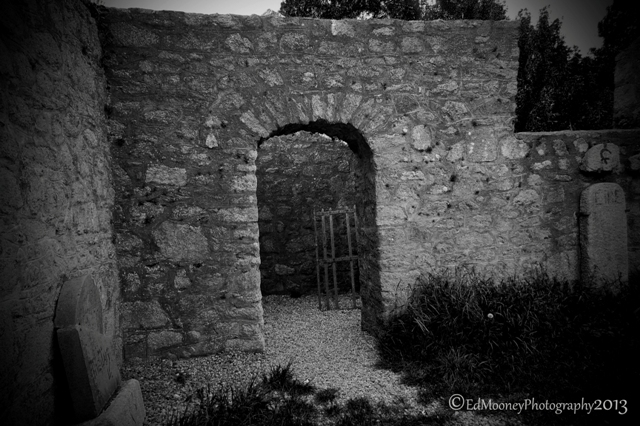
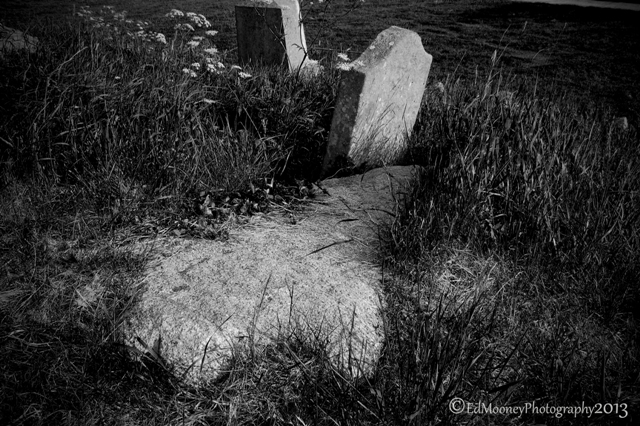
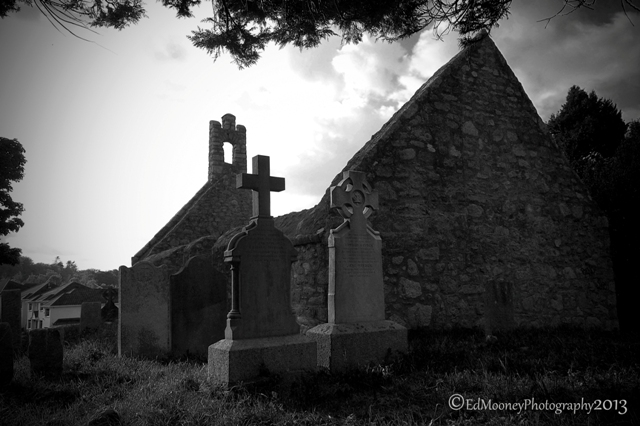
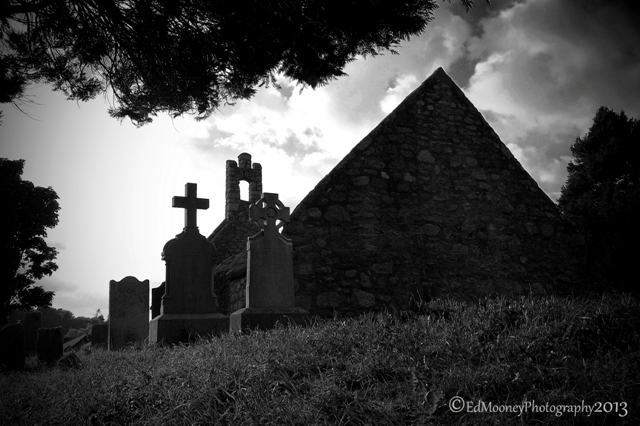
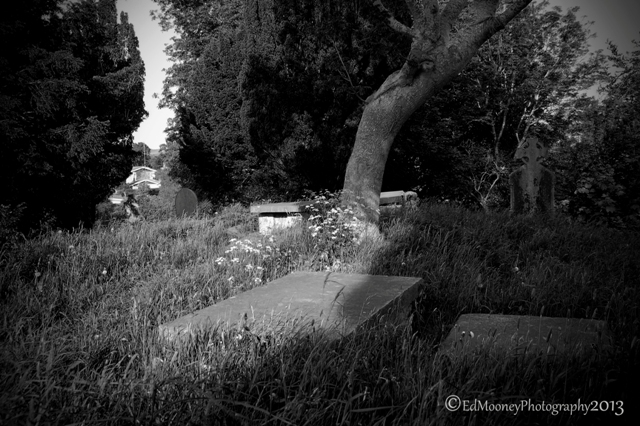
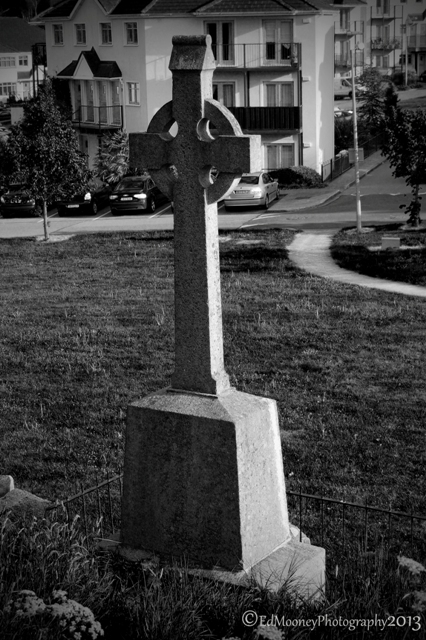

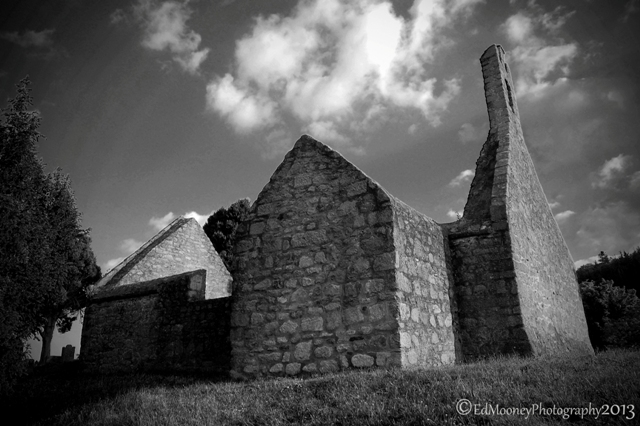
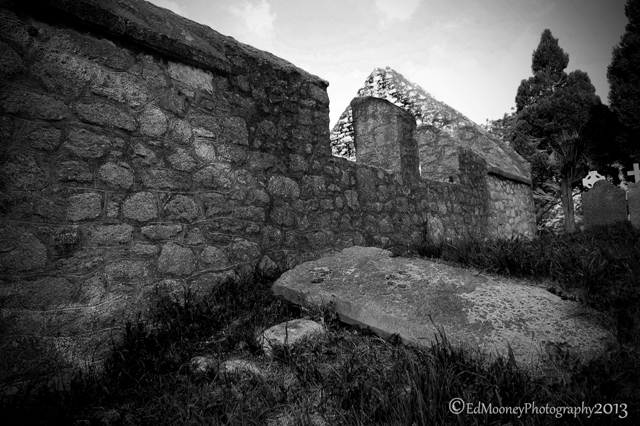
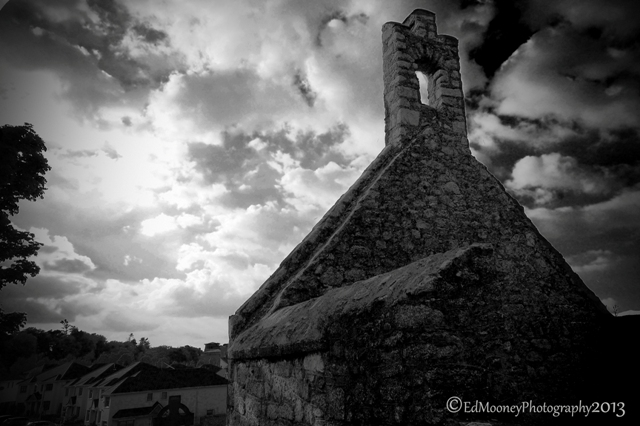
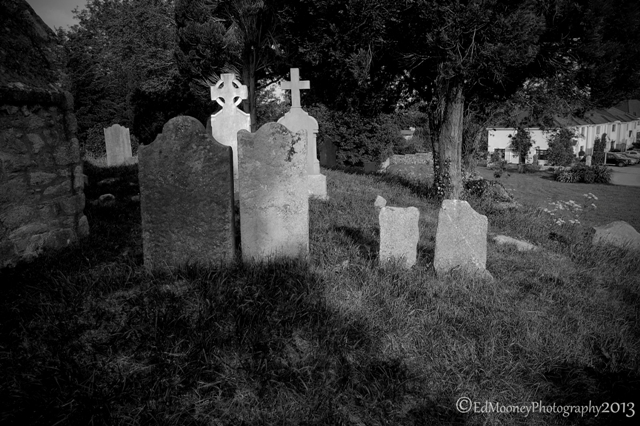
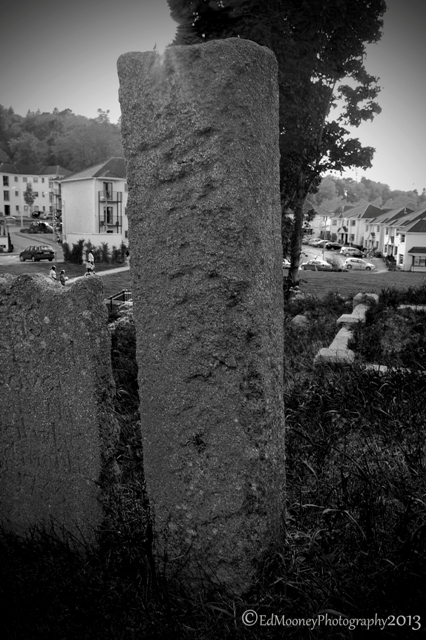



Great B&Ws.
LikeLike
Another interesting story along with amazing photographs, thanks for sharing Ed! 😀
LikeLike
I like the gloomy feel to the photographs. They are very nicely done
LikeLike
Ed, Very very informative and great photography .. keep them coming
LikeLike
Dont ya know it, 🙂
LikeLike
Loving the vibe from the B&W… fantastic photos…
LikeLike
Thank you, your kind words are much appreciated, 🙂
LikeLike
Love how you mix photography and fact with history and mythology! great post!
LikeLike
Thanks Ali, Living in Ireland Im lucky because I am surrounded by it, 🙂
LikeLike
What a charming little gem, your pictures give me great ideas and images for the story I’m working on. Great post.
LikeLike
Thanks Jodi, Let me know when your finished, I would love to read it, 🙂
LikeLike
If I ever finish it, I’ll let you know!
LikeLike
Looking forward to it 🙂
LikeLike
Fascinating! Thank you for sharing your photos as well as doing a lovely job of history-telling.
LikeLike
Thanks Nikki, glad that you liked them, 🙂
LikeLike
A glimpse of yesterdays
clouds floating and children played
Now..just silence dance away
unheard, un-kept , just dismay
all those died had to stay
witness the time and mark the way
churches were built, flourished and stayed
The bell once tolled, but none exists
A hollowness, fills the empty space
come feel the mist..come see the spirits
walls are blanks,but there is a twist
can you feel…what you have missed 🙂
LikeLike
Very nice, Thank you. You have a great way with words. 🙂
LikeLike
you got great pictures 🙂
LikeLike
thank you for all your liking Ed I´m glad of your following… wish you nice moments by taking pictures
LikeLike
Thank You 🙂
LikeLike
Another well illustrated and informative post – I especially like your establishing shot and the iron gate that is leaning in the archway.
LikeLike
Cheers Rob, much appreciated. For some reason I struggled with these, they almost ended up in color 😦
LikeLike
Ed, as I’m sure you are aware – some subjects just do not come as easy as others – it’s just the price of being creative!
LikeLike
Thank you for sharing these moody shots and the information about a fascinating place
LikeLike
Its a pleasure, So glad that you like them, 🙂
LikeLike
beautiful shots my dear friend
LikeLike
A fascinating place, and I love the possibility of prehistoric and early connections. I hate to hear of such places being vandalised. I’d like to think that karma will creep up on the culprits!
LikeLike
Thanks Jo, as they say, ‘What goes around, Comes around’, 🙂
LikeLike
Fabulous pictures again and potentially a useful piece of social history, what a pity we can’t refer to digital pictures of many of the lost buildings and artefacts – you’re preserving records that might be hugely valuable to future historians.
LikeLike
Thanks Anny, I agree with you completely. As a matter of fact that was one of the reasons my photography has gone down this road 🙂
LikeLike
Black and white works very well in graveyards. I love the mix of great photos and great information in your posts. Kilgobbin is new to me. I didn`t know we had Viking headstones here either. Thanks for that.
LikeLike
Thank you, we sure have plenty of them. There is also a Hog back stone in Casstledermot. Its the only one of its kind in the country. You can see it here
LikeLike
Pingback: Kilgobbin High Cross | EdMooneyPhotography
Pingback: Goat Castle | EdMooneyPhotography
I’ve just visited the churchyard today and it’s as impressive as you say. I’ve lived all my life in the local area and never knew it was here. Stunning photos, give a great impression of what’s to be seen. In addition on the other side of the church there’s one of the few memorials to the Irish who fought in WW1 and who came from the surrounding areas. Thanks for posting
LikeLike
Pingback: Goat Castle | Ed Mooney Photography